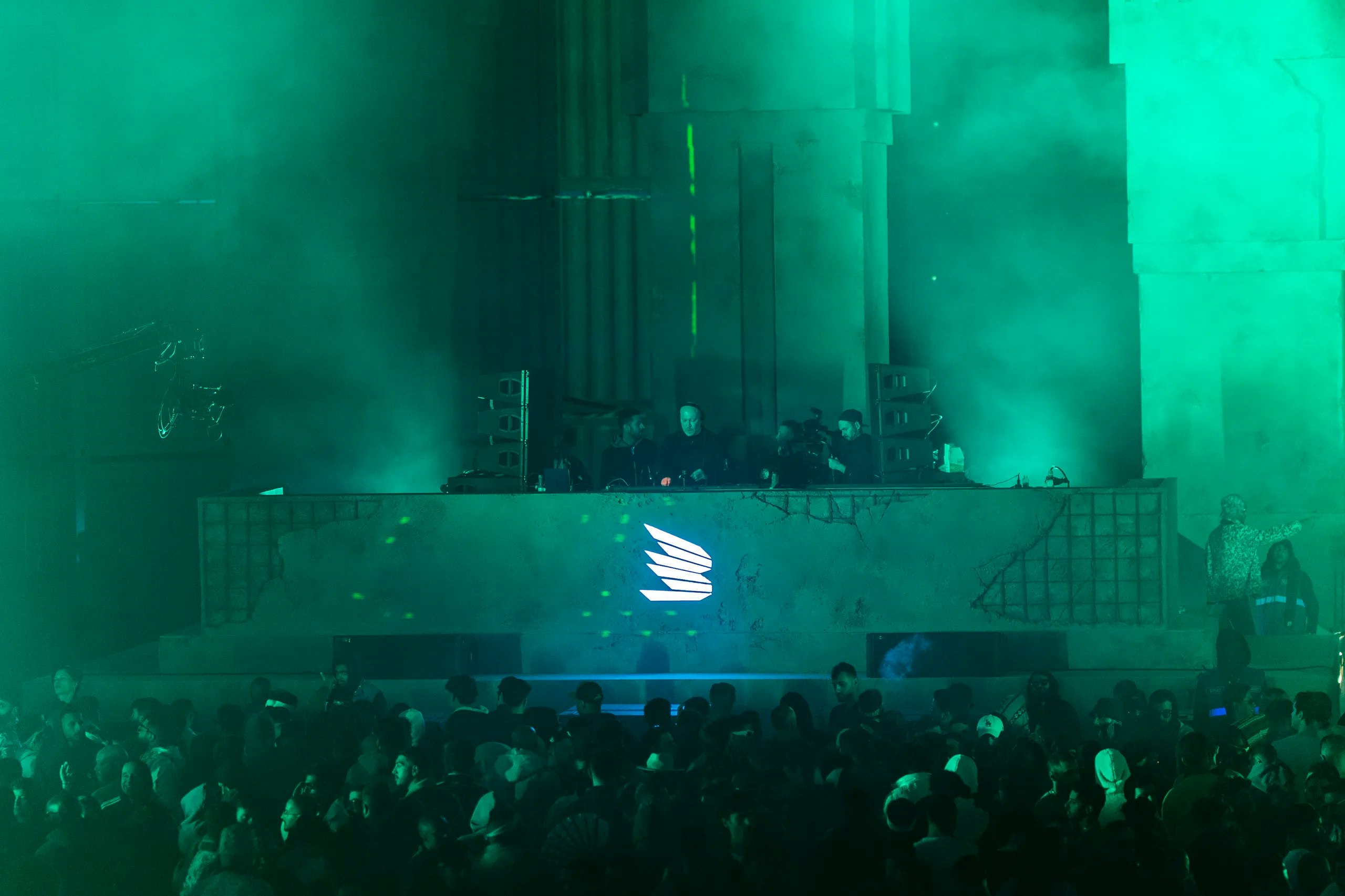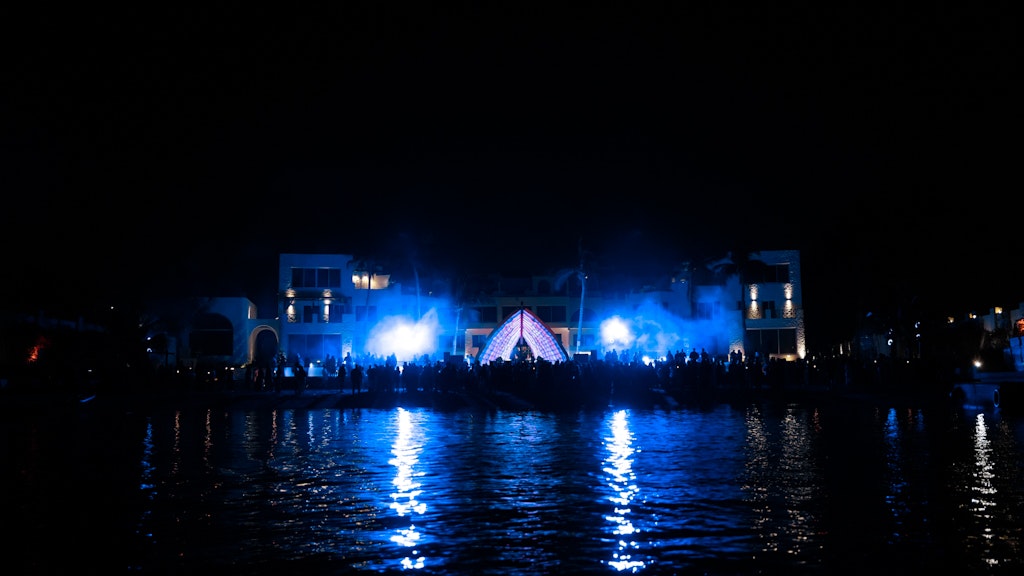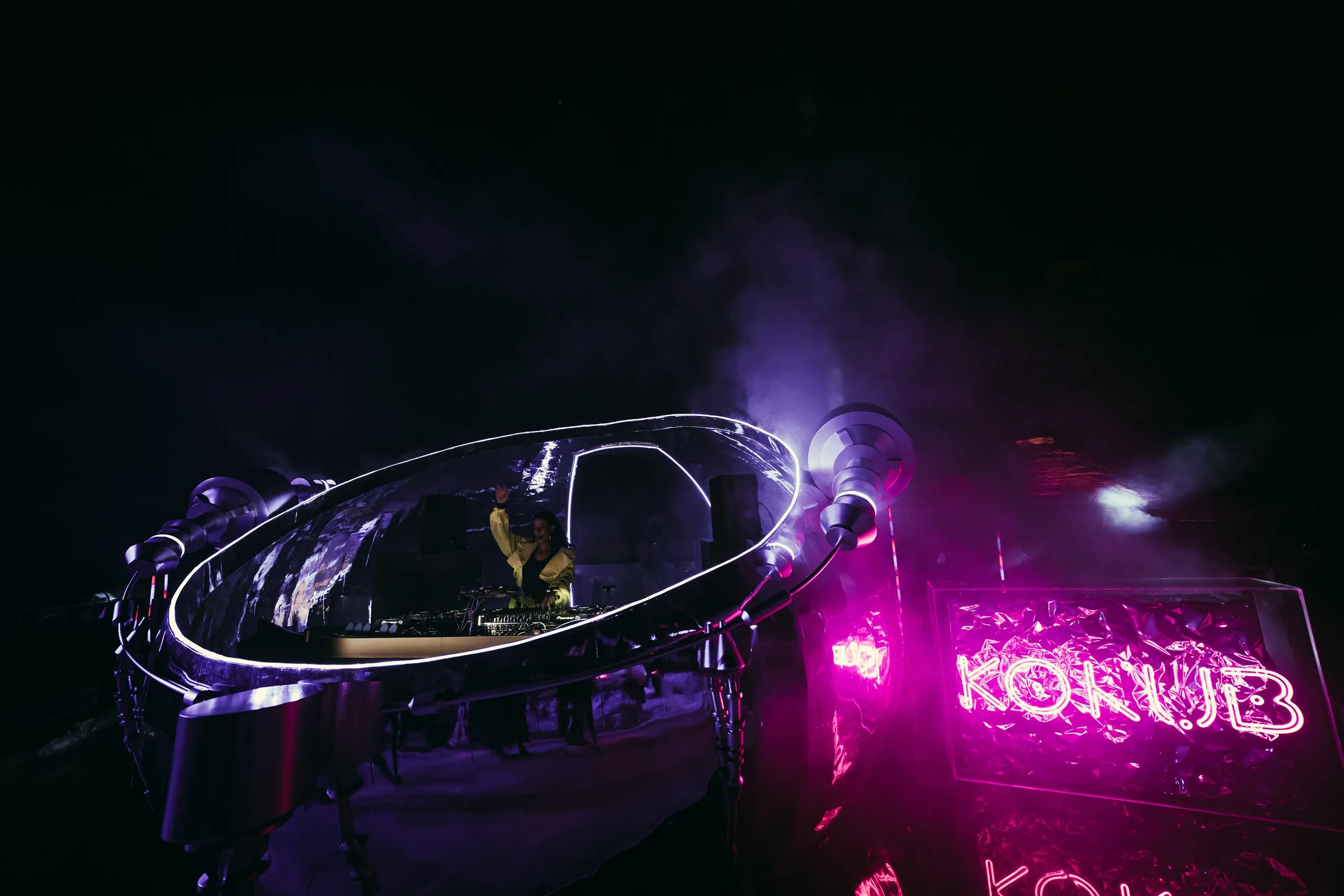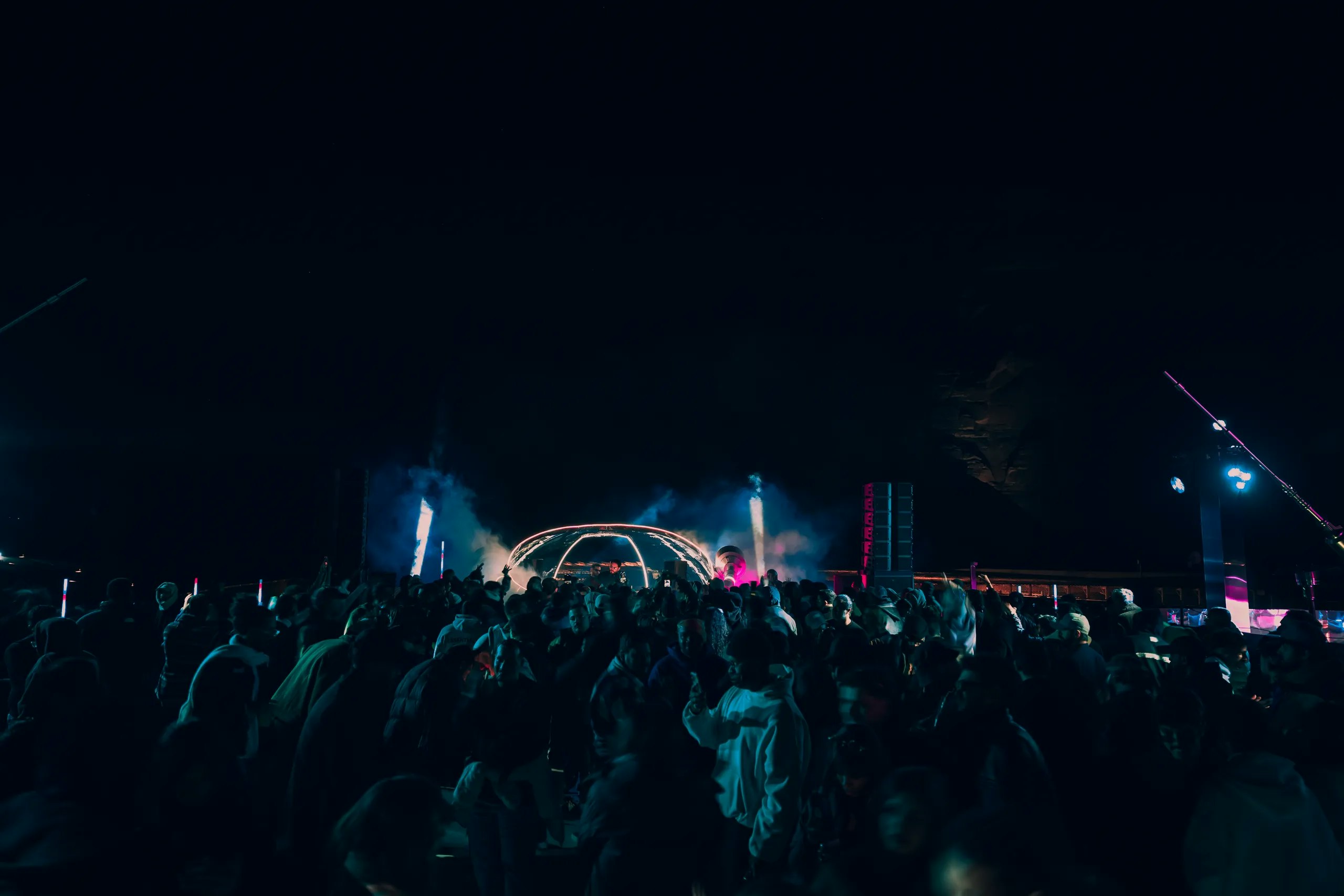

All About the Bedouin Music Culture
By MDLBEAST
November 25 2024
All About the Bedouin Music Culture
By MDLBEAST
November 25 2024
Nestled within the vast deserts of the Middle East, the Bedouin people have cultivated a rich musical tradition that resonates with the rhythms of their nomadic lifestyle. Bedouin music, deeply rooted in the heritage of the Arabian Peninsula and the broader Arabic music culture, serves as a vibrant tapestry of storytelling, celebration, and connection to the natural world.
In this article, we delve into the captivating melodies and rhythms of Bedouin music culture, exploring its history, instruments, and significance.
Introduction to Bedouin Music
Bedouin music traces its origins to the nomadic lifestyle of the Bedouin tribes inhabiting the deserts of the Middle East. For centuries, these resilient nomads traversed the vast expanses of sand dunes and rocky terrain, finding solace and inspiration in the rhythms of their environment. Music served as a means of storytelling, passing down tales of bravery, love, and hardship from generation to generation. It became an integral part of their cultural identity, reflecting the values, traditions, and aspirations of the Bedouin people.
Traditional Instruments
String Instruments
Bedouin music features a variety of string instruments, each contributing to its rich tapestry of sound.
The Oud, often called the "king of instruments," is a pear-shaped lute with a deep, resonant tone. Its melodic lines evoke a sense of longing and nostalgia, capturing the essence of Bedouin musical expression.
Another prominent string instrument is the Rababa, a simple, single-stringed instrument played with a bow. Its raw, primal sound adds an earthy quality to Bedouin music, reminiscent of the harsh beauty of the desert landscape.
Wind Instruments
Wind instruments play a significant role in Bedouin music, infusing it with a mystical allure.
The Mizmar, a double-reed woodwind instrument, produces a haunting, nasal tone that transports listeners to distant realms. Similarly, the Ney, a flute-like instrument made of bamboo, creates ethereal melodies that echo across the desert sands.
These wind instruments add a sense of spirituality and reverence to Bedouin music, reflecting the Bedouins' deep connection to the natural world.
Percussion Instruments
Percussion instruments form the rhythmic foundation of Bedouin music, providing a driving pulse that propels listeners into a trance-like state.
The Tablah, a goblet-shaped drum, produces sharp, crisp beats that punctuate the melodies with precision. Meanwhile, the Daf, a large frame drum with metal rings attached to its frame, generates a hypnotic, pulsating rhythm that energizes and uplifts the spirit.
Together, these percussion instruments create a dynamic and immersive sonic experience that captivates audiences and enlivens gatherings.
Characteristics of Bedouin Music
Bedouin music is defined by its unique melodic patterns and scales, deeply rooted in the cultural heritage of the tribes, mirroring the undulating sand dunes and the calls of desert birds.
Microtonal intervals add depth and mystery to the melodies, creating an intriguing ambiance. Rhythm serves as the heartbeat of Bedouin music, spanning from lively dance beats to introspective tempos, with percussion instruments like the Tablah and Daf providing a solid foundation, while string and wind instruments add embellishments.
The art of improvisation, deeply embedded in the oral tradition, infuses spontaneity and vitality into performances, ensuring the music's enduring relevance and appeal in a changing world.
Regional Variations
Bedouin Music in North Africa
In North Africa, Bedouin music reflects the diverse cultural influences of the region, blending elements of Arab, Berber, and African musical traditions. The rhythms of the Sahara resonate through the music, with vibrant percussion and hypnotic melodies capturing the spirit of the desert landscape. Traditional instruments like the Oud and Rababa are commonly used, accompanied by hand-clapping and vocalizations that add depth and intensity to the music.
Bedouin Music in the Middle East
In the Middle East, Bedouin music takes on a more traditional and folkloric character, with an emphasis on storytelling and poetic expression. Melodies are often accompanied by sung poetry, known as Zajal, which explores themes of love, longing, and the beauty of the natural world. Instruments like the Ney and Mizmar are prominent, weaving intricate melodies that evoke a sense of timelessness and transcendence.
Bedouin Music in the Arabian Peninsula
In the Arabian Peninsula, Bedouin music reflects the harsh beauty of the desert landscape, with sparse instrumentation and haunting melodies that evoke a sense of solitude and contemplation. Percussion instruments like the Tablah and Daf provide the rhythmic foundation, while string and wind instruments add color and texture to the music. The melodies often follow traditional scales and modes, drawing inspiration from the natural environment and the cultural heritage of the region.
In conclusion, Bedouin music culture is a vibrant tradition reflecting the rich tapestry of Bedouin life and heritage. From the haunting melodies of the Oud to the pulsating rhythms of the Tablah, it resonates with timeless beauty. Exploring its origins, instruments, characteristics, and regional variations deepens our appreciation for its cultural significance. Celebrating the resilience and creativity of the Bedouin people, their music captivates and inspires audiences worldwide.
Discover the world of music through MDLBEAST's website, where you can explore articles, stories, and updates about your favorite artists, delve into behind-the-scenes insights, and stay informed about the upcoming Soundstorm festival for an unforgettable musical adventure!
Share this


